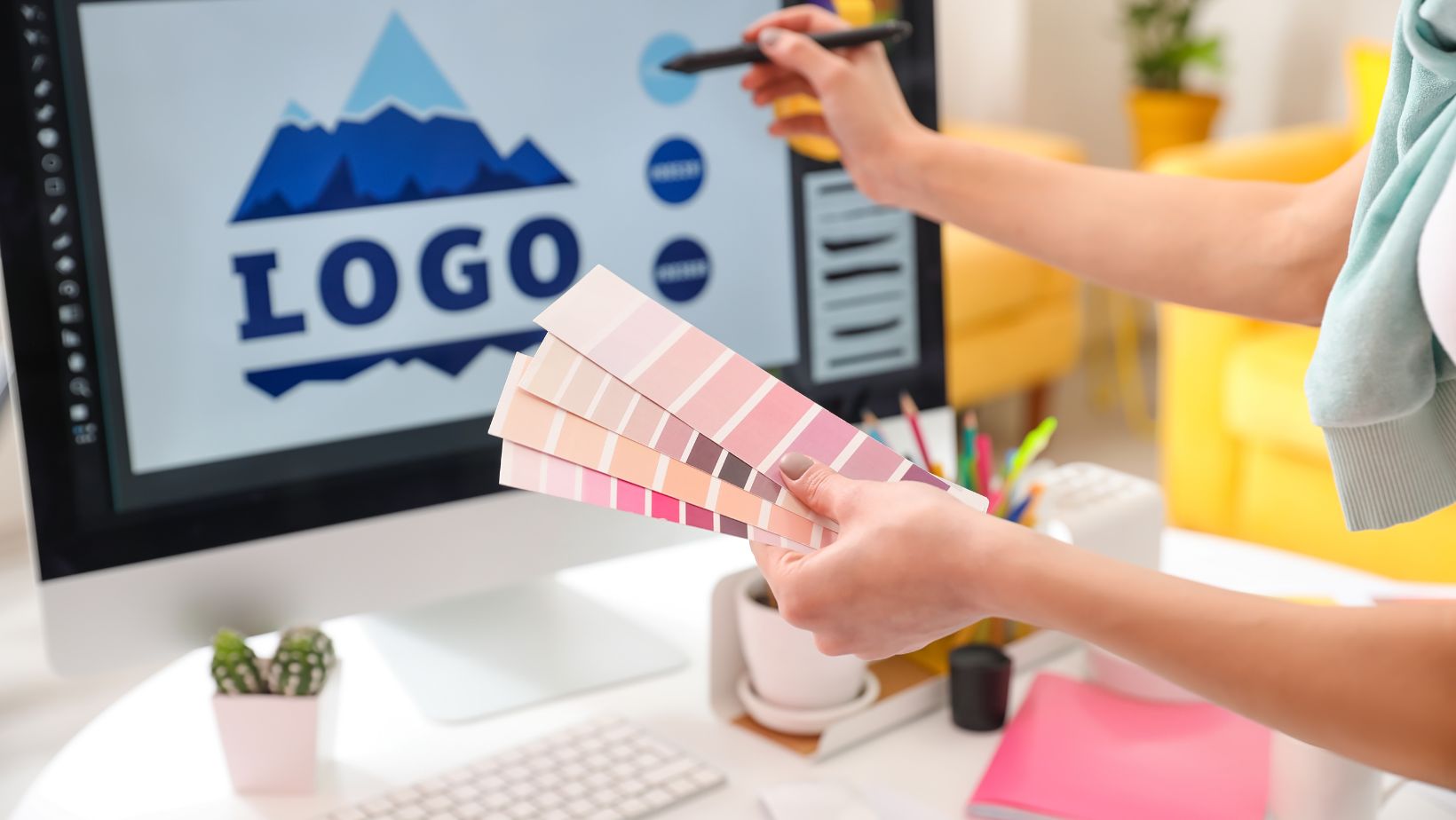Table of Contents
ToggleHow to Bevel in Illustrator
Are you struggling to master the art of beveling in Illustrator? Look no further! In this article, I’ll guide you through the step-by-step process of creating beautiful beveled designs using Adobe Illustrator. Whether you’re a beginner or an experienced user, I’ll provide clear instructions and helpful tips to ensure your success.
To start off, let’s talk about what exactly a bevel is. A bevel is a technique used to add depth and dimension to flat shapes and text. It involves creating angled edges that simulate the effect of light hitting an object from a certain angle. The result? A striking three-dimensional appearance that brings your designs to life.
What is a Bevel in Illustrator?
In the world of graphic design, a bevel is a technique that adds depth and dimension to an object or text. In Adobe Illustrator, it allows you to create realistic three-dimensional effects by giving your artwork the appearance of being raised or recessed. Let’s dive into the details and explore how to achieve this captivating effect.
Creating a Basic Bevel Effect
To get started with creating a basic bevel effect in Illustrator, follow these steps:
- Select the object or text that you want to apply the bevel effect to.
- Go to the “Effect” menu and choose “3D” > “Extrude & Bevel.
- Experiment with adjusting the settings such as extrusion depth, bevel angle, and bevel height until you achieve your desired result.
- Preview how your artwork looks by checking the “Preview” box within the dialog box.
- Click “OK” once you’re satisfied with the outcome.
By applying these steps, you can easily add a sense of depth and sophistication to your designs.
Adjusting Bevel Settings
Once you’ve created a basic bevel effect, Illustrator offers further customization options for fine-tuning your design:
- Bevel Width: This setting controls how wide or narrow the edges of your object appear.
- Bevel Depth: Adjusting this parameter determines how pronounced or subtle your beveled effect will look.
- Lighting Angle: By changing this value, you can manipulate where light appears on your artwork, affecting shadows and highlights accordingly.
Exploring these settings empowers you to create unique variations of the beveled effect according to your artistic vision.

Understanding Bevel Effects
To create visually appealing illustrations and designs in Adobe Illustrator, it’s essential to have a good grasp of bevel effects. In this section, I’ll provide you with a comprehensive understanding of bevel effects and how to effectively apply them.
Bevel effects are used to add depth and dimension to objects by simulating the way light interacts with their surfaces. By applying different bevel styles, you can create the illusion of highlights, shadows, and contours. This technique can give your artwork a three-dimensional look and make it more visually engaging.
When using bevel effects in Illustrator, there are several key factors to consider:
- Bevel Style: Illustrator offers various preset bevel styles that allow you to achieve different visual effects. These include options like inner bevel, outer bevel, emboss, pillow emboss, and many more. Experimenting with these styles will help you find the one that best suits your design concept.
- Angle and Altitude: The angle of the light source determines where the highlights and shadows fall on your object. You can adjust this angle to control the direction from which the light is hitting your artwork. The altitude setting controls the intensity of the lighting effect – higher values produce sharper highlights while lower values result in softer shading.
- Size and Strength: The size parameter affects the width or thickness of the edges created by the bevel effect. Increasing its value will make edges appear larger and bolder. On the other hand, lowering this value will result in thinner edges. The strength setting determines how pronounced or subtle your beveled effect appears.
- Highlight Mode: Illustrator provides different highlight modes such as normal, screen, overlay, soft light, hard light, etc., which affect how highlights interact with underlying colors or objects in your design.
Remember, practice makes perfect when it comes to applying bevel effects in Illustrator. Experimenting with different settings and exploring various combinations will help you develop a better understanding of how to use this powerful design tool effectively.
In conclusion, mastering bevel effects in Adobe Illustrator can significantly enhance your design skills and take your artwork to new heights. By understanding the principles behind bevel effects and experimenting with different settings, you’ll have the ability to create stunning illustrations that captivate viewers’ attention. So go ahead, dive into Illustrator’s bevel effects, and let your creativity shine!







